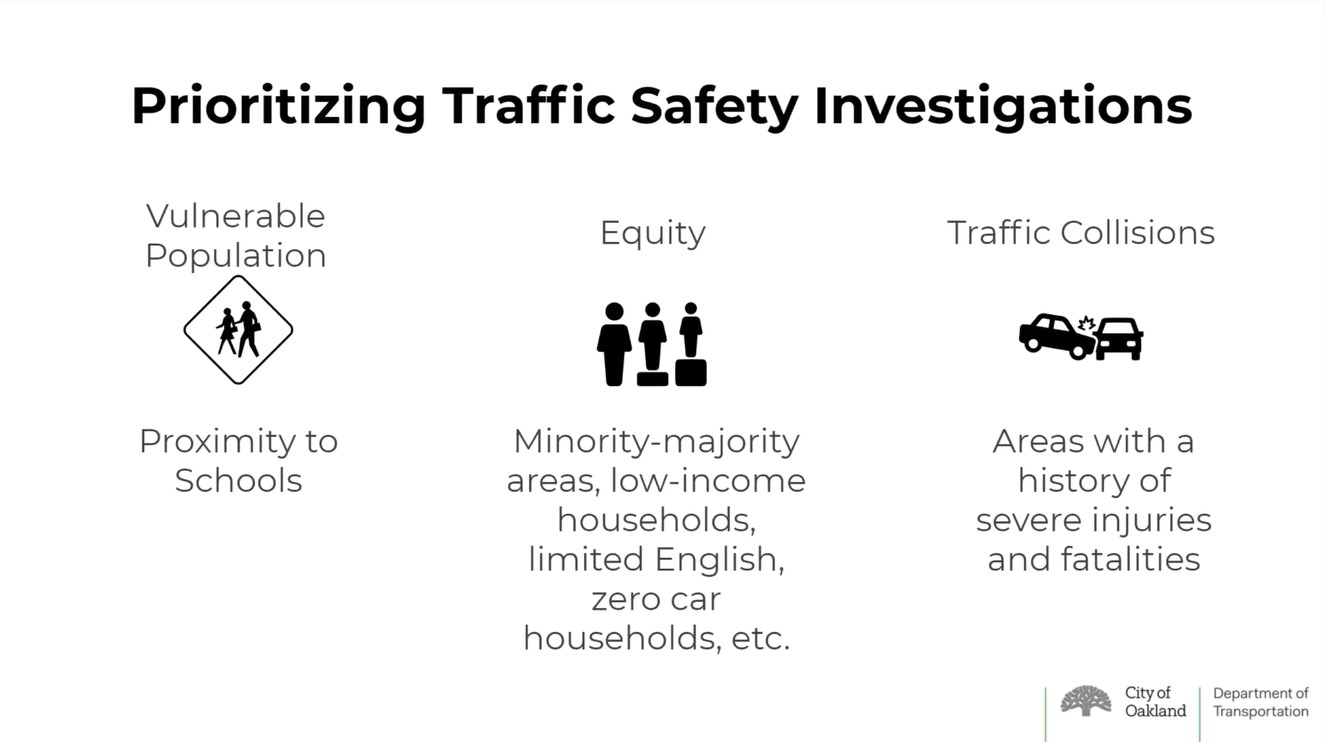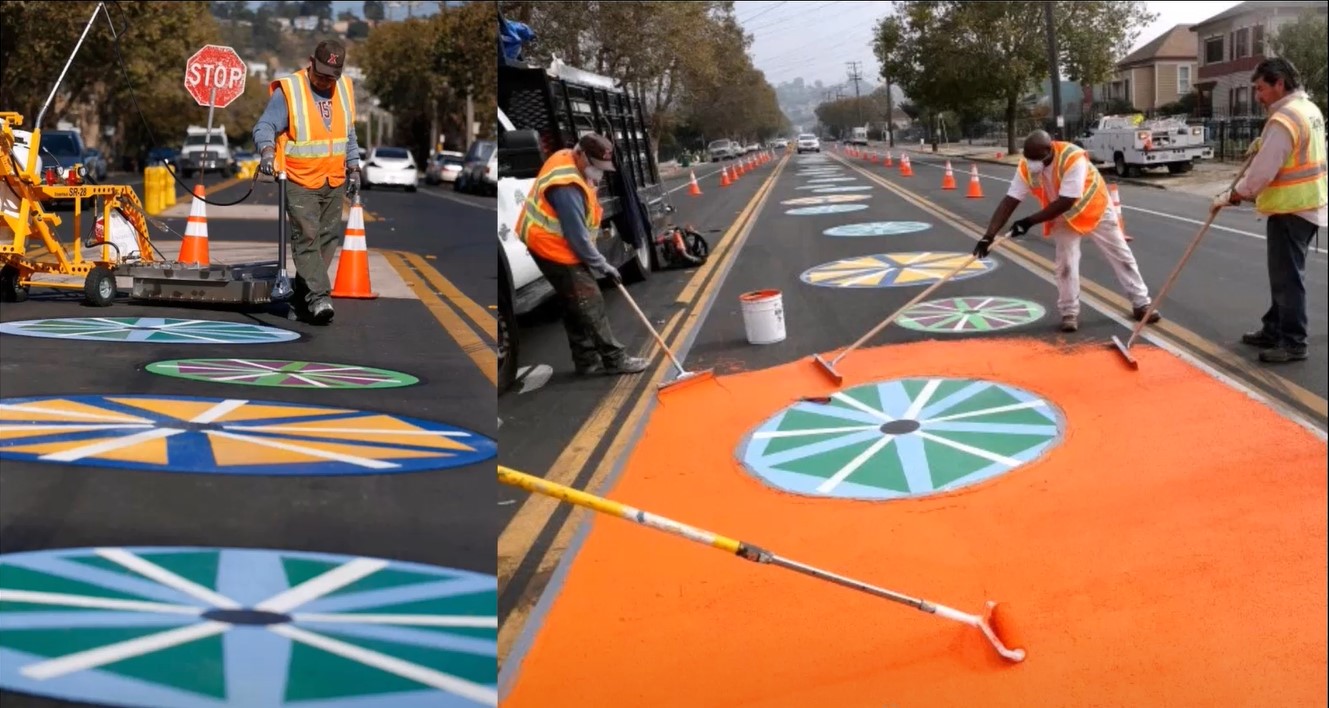When planners talk about incorporating equity into their work, challenging the status quo and advocating for a fair distribution of resources is a critical component of moving the needle. That’s what’s going on in Oakland, CA. The Healthy Regions Planning Exchange continued its exploration of transit equity with a powerful webinar from Ryan Russo, the Director of Oakland’s Department of Transportation (OakDOT). Russo described OakDOT’s recent efforts to make equity a central value throughout all its work and how that has manifested in their everyday work, expressing his hope that the OakDOT model can be replicated nationwide to help all communities address historic inequities in their built environments.
Russo grounded the discussion in the historical context of Oakland’s inequitable planning and uneven development. Following World War II, Oakland utilized surplus tanks to demolish housing that belonged predominantly to communities of color to make room for freeway construction. Redlining in Oakland, like in many cities across the country, determined the spatial distribution of people and resources based on race, and barred black and brown communities from accessing government-backed mortgages to own homes. Now, California’s housing crisis is pushing low-income residents out of Oakland, where the share of the population who identify as Black has decreased from 47% to 27% in the past 30 years.

Source: OakDOT
With this history in mind, OakDOT’s founding Strategic Plan established four goals and four values that would drive the agency’s work: Jobs and Housing, Holistic Community Safety, Vibrant Sustainable Infrastructure, and Responsive Trustworthy Government. According to Russo, while OakDOT’s four core values of Equity, Safety, Sustainability, and Responsiveness drive the agency’s work, Equity precedes and informs the three others. To center equity within its work, the City of Oakland created a Department of Race and Equity to embed racial equity practices throughout city agencies, and developed a data-driven approach to equity that can help the agency hold itself accountable.
Using data, the agency identified problematic intersections where there were a high number of accidents then mobilized safety improvements to make crossing the street safer. Instead of immediately applying typical traffic calming methods, they connected with community members to better understand why those intersections were problematic. They learned through conversations with the community that Lake Merritt (the City’s central park area) was an important place to expand public space for activities like barbecuing, and accessibility through street redesign and bike lane development.
Public engagement is key to their work. OakDOT met people where they were and developed creative ways to make it easier for Oakland residents to offer feedback. OakDOT partnered with community-based organizations like the East Oakland Collective, Outdoor Afro, Bikes4Life, Cycles of Change, and the Scraper Bike Team to better inform this process. Based on feedback from the Scraper Bike Team, OakDOT is installing a bike lane on 19th Avenue in Oakland in the center of the road where community members prefer to cycle. Greater engagement challenged the City to more adequately respond to public-private partnerships like bike and scooter share by setting pricing options for low-income people and requiring a geographic distribution for bikes and scooters beyond wealthier, whiter areas of the city.

Source: East Bay Times
Perhaps the best example of the potential of OakDOT’s work is the citywide prioritization factors framework the agency uses to better allocate funding based on need. OakDOT weighted equity - defined as investment in underserved Oakland - the highest of the nine factors that determine funding for road repairs. This ensured funding wasn’t concentrated in areas where people have more capacity to call and request service. Then, the agency used clear data and metrics to show the people of Oakland the disparities in the city across the different neighborhood groups. This framework led to more investment in historically under-resourced areas like Eastlake/Fruitvale and less in over-resourced areas like the North Oakland Hills.
OakDOT has centered equity in their organization and translated that into material benefits for historically marginalized neighborhoods. While the work is not easy, Oakland’s example offers a feasible way for planning agencies around the country to begin incorporating equity as a foundation of their work. To learn more about OakDOT work on transit equity, check out the entire webinar here.


